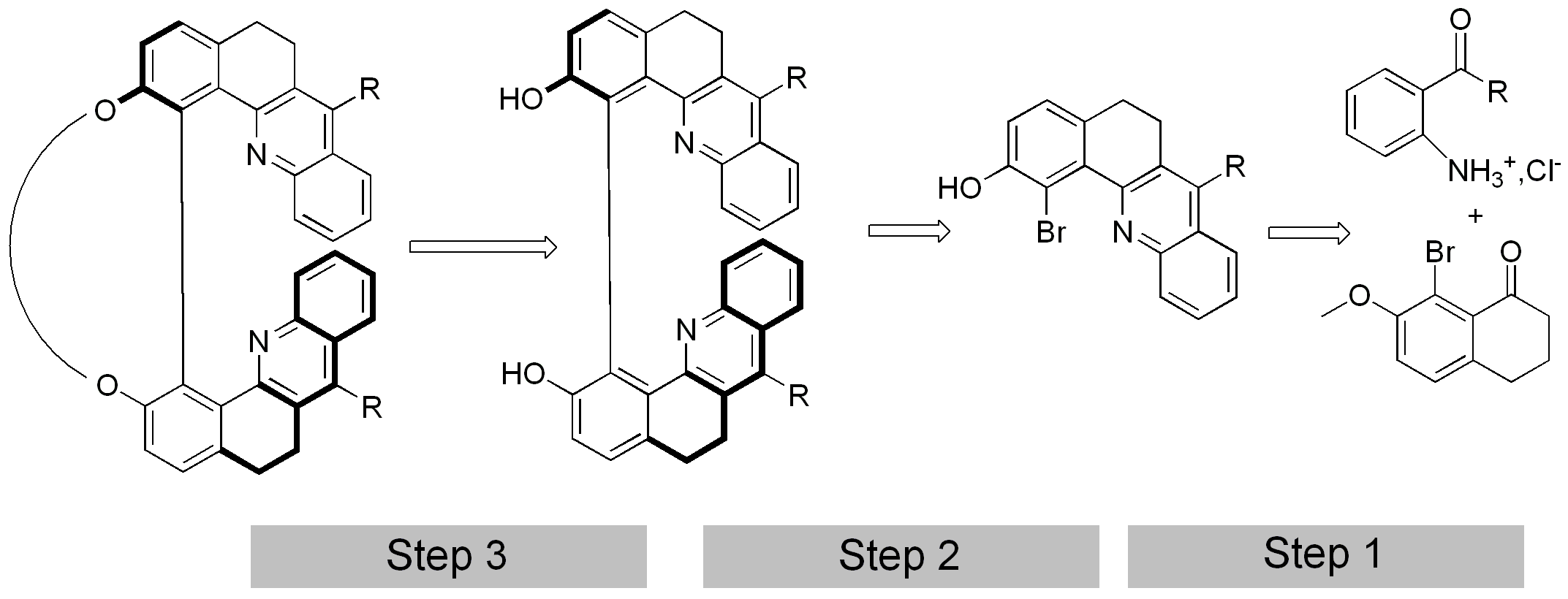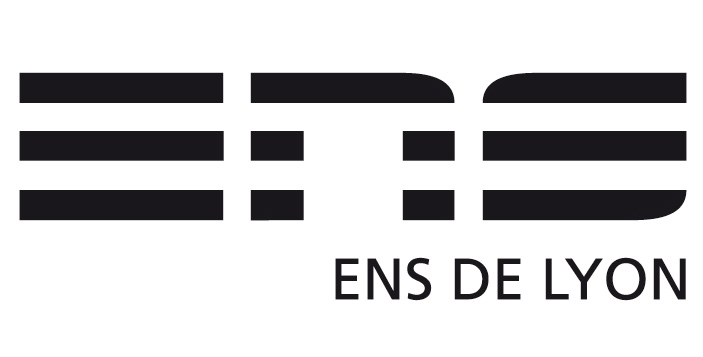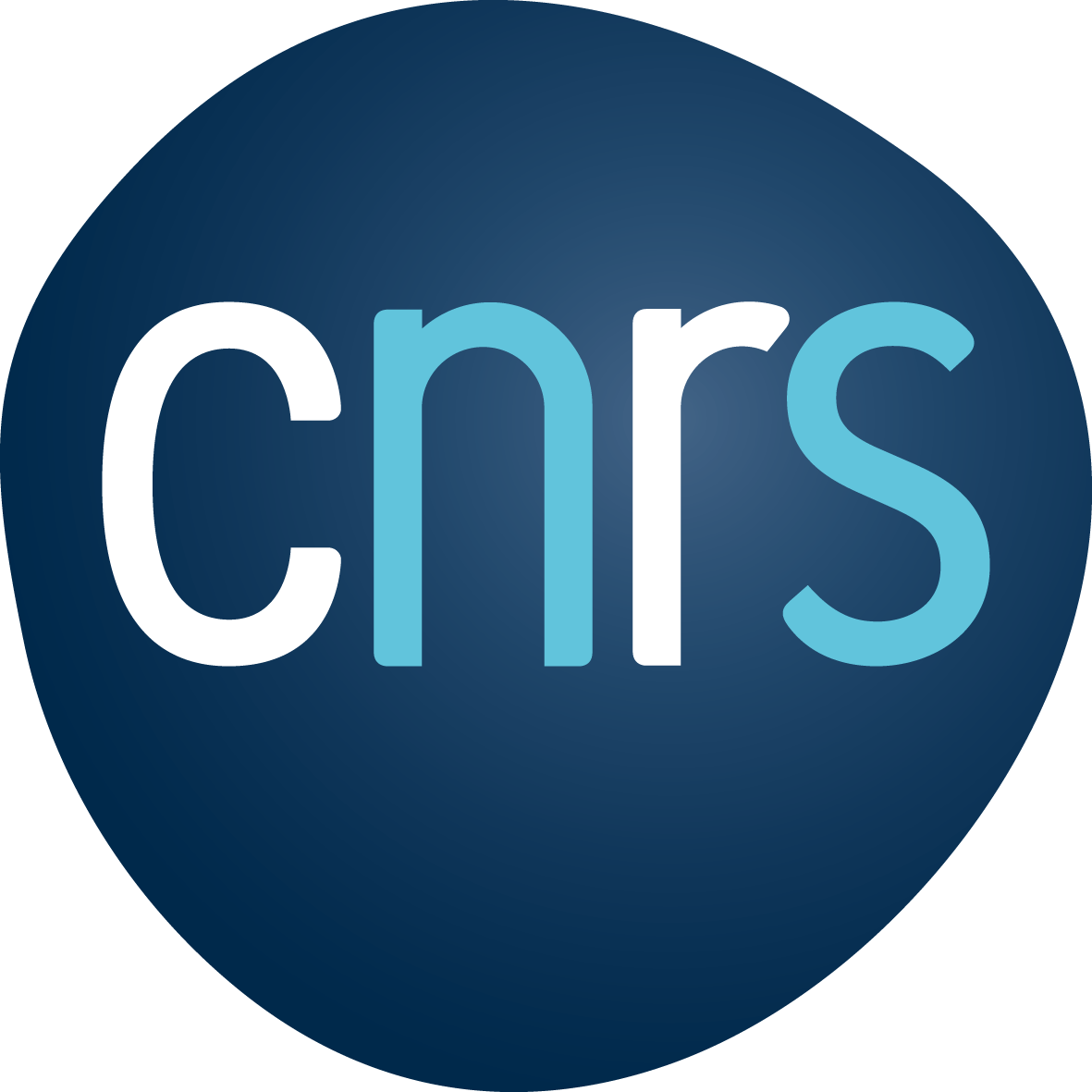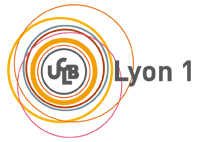Conception de molécules pour la fabrication de guides d'onde chiraux
Présentation
L'objectif du projet ANR GuiChiHeli est de développer une nouvelle classe de dispositifs optiques intégrés planaires en étendant la polarisation de la lumière guidée par guide d'ondes optiques planaires de linéaire à circulaire. L'approche proposée repose sur l'élaboration de stratégies pour la conception de nouvelles Hautes optique isotrope de rotation (HIOR) des matériaux. Les propriétés de polarisation de n'importe quel résultat achiral guide d'ondes planaire optique de la symétrie plane: les modes de propagation divisée en deux familles avec polarisation transversale linéaires perpendiculaires, le fameux TE / TM modes (pour Electric transverse et magnétiques). Par conséquent, tous les dispositifs optiques intégrés planaires sont soumis à ce diktat. Dix-neuf ans, Engheta suggéré une nouvelle classe d'ondes, la chirowaveguides, constitué par un noyau isotrope chirale (N. Engheta, P. Pelet, Optics Letters 1989, 14, 593). Chiralité des supports de transmission, par le couplage modes TE et TM, permet la propagation d'une polarisation elliptique en ces guides d'ondes planaires. L'intérêt des physiciens sur ce contrôle de la polarisation unique pourrait être mesuré par l'abondante littérature. Cet intérêt est porté non seulement sur ces nouveaux aspects fondamentaux mais aussi sur les applications potentielles de la chiralité dans les guides. Cependant, autant que nous savons, il n'y a eu aucune réalisation pratique de tout dispositif ou la structure du modèle. En effet, la conception de chirowaveguides nécessite la conception d'un matériel semi-conducteur portant une fonction nouvelle: High Rotation optique isotrope (HIOR); matériel qui n'existe pas au jour d'aujourd'hui. | 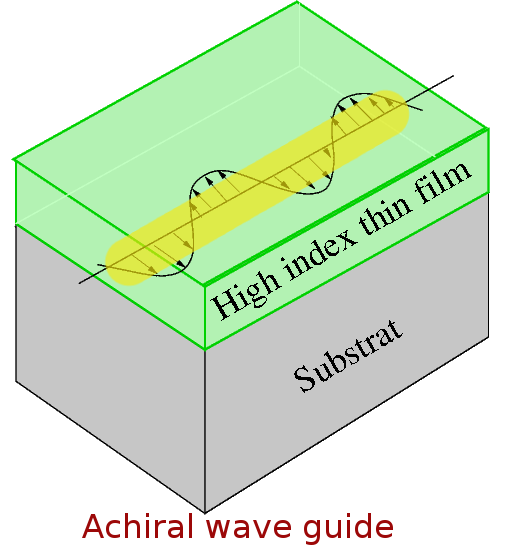 | 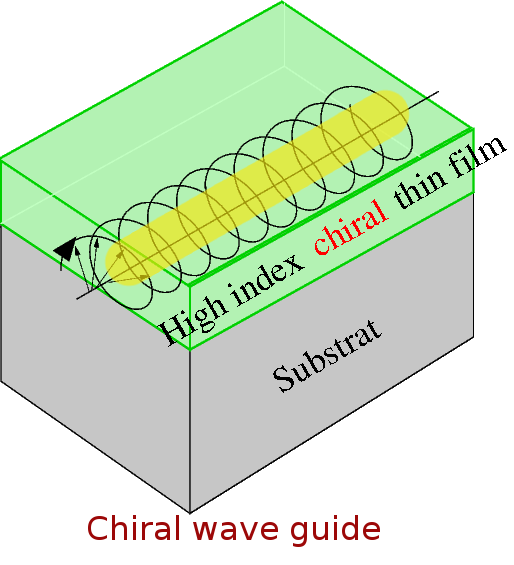 |
Stratégie de validation sur les produits dérivés binaphtol
Nous avons terminé une étude basée sur binaphtol et nous avons réussi à l'élaboration d'hybrides chiraux à l'état solide matériau à la fois par dépôt par laser pulsé (Mater Chem.. Soumis) ou sol-gel de trempage (J Sol-Gel Sci Technol Online First doi 10.1007/s10971-009-2004-4). Nous avons déjà validé la partie principale de la voie de synthèse: la synthèse racémique l'échelle des différentes grandes bis-phénol molécules ayant le squelette helicen-comme le montre la figure followin. La résolution optique et l'optimisation d'une voie énantiosélective est en cours. Afin de développer avec succès ce projet clairement multidisciplinaire, nous avons réuni des chercheurs ayant les compétences nécessaires complémentaires, ils appartiennent à LPCML (PLD, sol-gel / trempage et la caractérisation optique) et Laboratoire de Chimie de l'ENS-Lyon (conception de HIOR entités organiques, sol-gel et l'analyse chimique).

Synthèse des helicen des molécules analogues ayant une haute rotation optique
Notre recherche actuelle est axée sur la synthèse à grande échelle de énantiopurs helicen des molécules analogues devraient avoir plus importantes rotations optiques.
